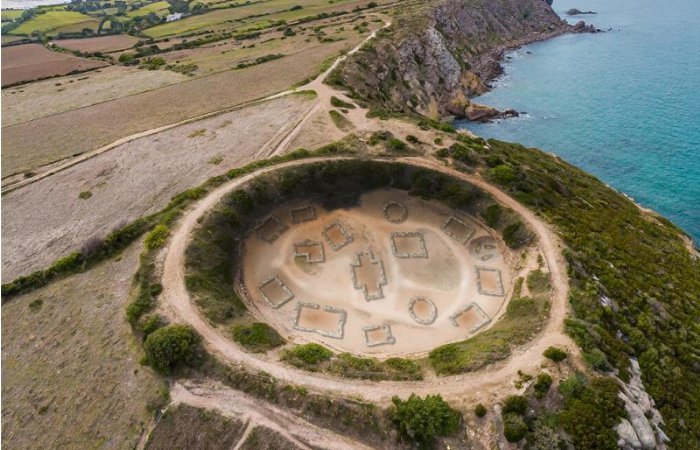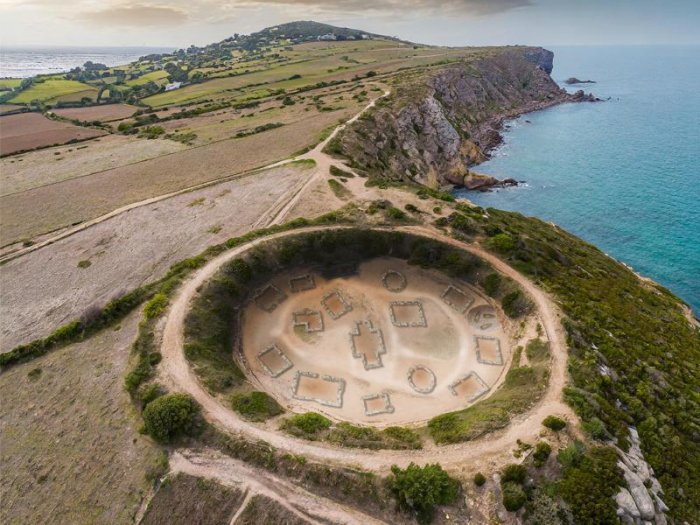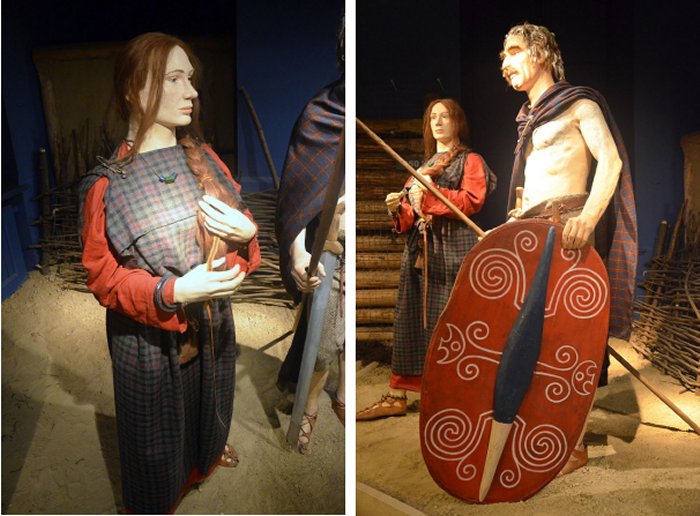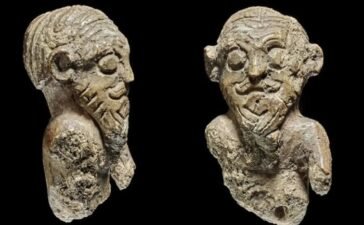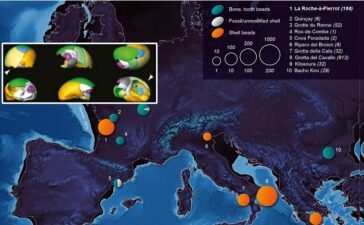Jan Bartek – AncientPages.com – French archaeologists have announced a significant archaeological finding at Cap d’Erquy, located in the Côtes d’Armor north of Brittany. The remnants of a circular Iron Age village were discovered using a LIDAR system developed by INRAE (National Institute for e-realistic Archaeological Research).
A forgotten Gallic village was discovered with the use of LIDAR. Credit: Côtes d’Armor le Département
LIDAR (Light Detection and Ranging) technology has become an essential tool for archaeologists, significantly simplifying the detection of ancient sites.
Modern archaeology has significantly benefited from using lasers for ground scanning and creating volumetric reconstructions with unparalleled accuracy. This technique enables the detection of hidden structures beneath the surface that are not visible to the human eye, eliminating the need for excavations.
A Forgotten Gallic Village
The settlement unearthed at Cap d’Erquy comprises approximately twenty circular dwellings strategically positioned around a central plaza. Based on archaeological assessments, it is estimated that this village was inhabited by a Gallic community between the 8th and 5th centuries B.C.
“This is an exceptional discovery that allows us to better understand the daily life of the Gauls during the Early Iron Age,” explains Jean-Yves Peskebrel, an archaeologist at INRAE.
LIDAR Is A Promising Technology
Jean-Yves Peskebrel says LiDAR technology represents a significant breakthrough in the field of archaeology. This innovative tool will enable archaeologists to uncover crucial aspects of human history.
“Of course, we are tempted to draw a parallel between these discoveries and the adventures of Asterix the Gaul, the comic hero. Fans of the saga will undoubtedly see it as confirmation of the Côtes d’Armor roots of the Irreducible Gauls. The craziest thing remains that the images and the reconstructions carried out after the research at Cap d’Erquy made it possible to reveal incredible details of life in the Iron Age.
We could observe that the menhirs were decorative elements, that fish were often used as projectiles, or that a huge pot must have been used if we are to believe the traces left by time and visible thanks to our equipment. other elements which also confirm the extraordinarily realistic imagination of the creators,” Peskebrel said in press release.
Who Were The Gauls?
The Gauls, known as “les Gaulois” in French, inhabited most of contemporary France and a substantial part of central Europe from approximately the 5th century BC to the 5th century AD. During the third century BC, they even established an empire that spanned from what is now Portugal to almost the entire Mediterranean coastline.
Celts and gauls had much in common. Credit: Silar – CC BY-SA 3.0
Vercingetorix was one of the best-known and greatest Gallic leaders. He bravely confronted Julius Caesar as a militant leader, demonstrating immense courage and determination. Despite his defeat in battle, Vercingetorix preserved his honor by sacrificing his own freedom and life to safeguard his people. His life tragically ended on September 26, 46 BC, when he was executed.
See also: More Archaeology News
Regarded as Celts, the Gauls shared similar deities, societal customs, attire, and other cultural aspects with their Celtic counterparts in Britain. The Gauls communicated using dialects of a Celtic language with Gaulish being the most prevalent among them. However, by 1000 AD, this language had unfortunately become extinct.
Written by Jan Bartek – AncientPages.com Staff Writer

